The elements are what primarily cause the colors of your vinyl siding to fade, with direct sunlight being the most damaging. While there are ways to avoid a little discoloration, you can expect vinyl siding to fade noticeably within fifteen to twenty years, with a minimal amount that will be noticed after five years. Prolonged direct sunlight causes vinyl siding to fade. That's true for all the types of vinyl siding we've installed.
Manufacturers will even provide you with a graph showing how much fading you can expect because they know it's going to happen. What's really bad is how uneven the fading can be. The most common type of coating that experiences discoloration is vinyl. Vinyl siding will fade after years of being exposed to UV rays and the elements such as rain and snow.
The sun's rays will deteriorate the color of vinyl siding and other things, such as boats or jungle gyms that stay outside for a long time. All vinyl siding will fade a little. After 10 to 15 years, the change can be significant. When that happens, or if you simply want to change its color, vinyl can be painted, however counterproductive it may seem.
Check with the manufacturer first; many companies void the warranty if the coating is painted. But don't count on changing a house from pale yellow to hunter green; dark colors absorb more heat than lighter colors and can cause panels to expand too much and buckle. For the same reason, vinyl's color palette is limited to lighter shades. Hector doesn't hesitate to recommend intense and eye-catching colors from Mastic.
You know you can count on the leader in vinyl siding to be behind your No Fade. These are the two questions that always arise when we talk about the dark colors of vinyl siding. Don't worry, we're stepping up our game to keep up with the trends towards bolder tones. Our colorfast technology ensures that your luxurious color retains its deep tone for 25 years.
And to counteract the fact that dark colors absorb more heat, we have developed our Helios technology that disperses heat absorption, so both your coating and your home will not be affected by the intense heat of the sun. These beautiful, deep vinyl siding colors are backed by the industry's best guarantee against fading and heat distortion. Most vinyl siding manufacturers recommend carefully spraying the coating with a cleaning agent at least once a year. While the lengths of wood (or cement) siding lie at a discrete end, vinyl panels should overlap approximately 1 inch where they meet, resulting in revealing vertical lines.
There's an old saying in the vinyl siding industry: “Vinyl is definitive, however, that's not true in more ways than one. But there are still many common issues with vinyl siding that are worth considering before making a big investment. Negative effects, such as peeling paint, cracked or curled roof tiles, or faded and deformed vinyl siding are major problems for many homeowners. Mastic is so confident in its fade-resistant vinyl coating that it doesn't just talk, it walks the road.
Vinyl siding was first introduced to the home improvement market in the early 1960s and its popularity grew steadily due to its durability, ease of maintenance, and beauty. The elements are what primarily cause the colors of your vinyl siding to fade, with direct sunlight being the most damaging. Because the vinyl siding itself is unaffected, you probably won't know this is happening until it's too late. Color fading is measured with the Hunter scale: the industry average for color fading on vinyl siding is no more than 5 units Hunter and Mastic has been placed above the status quo.
It used to be that vinyl siding was a single piece of plastic, vinyl siding factories mixed polyvinyl chloride (PVC) with colors and other ingredients in a single batch and extruding the final product as a homogeneous material. While the wood siding clamps tightly to the house, the vinyl siding literally hangs from nails driven through horizontal slots on top of a panel's nailing hem. Over the next twenty years, manufacturers began offering vinyl siding in a wider range of styles and colors, making it more attractive to ALL types of homes. .
.
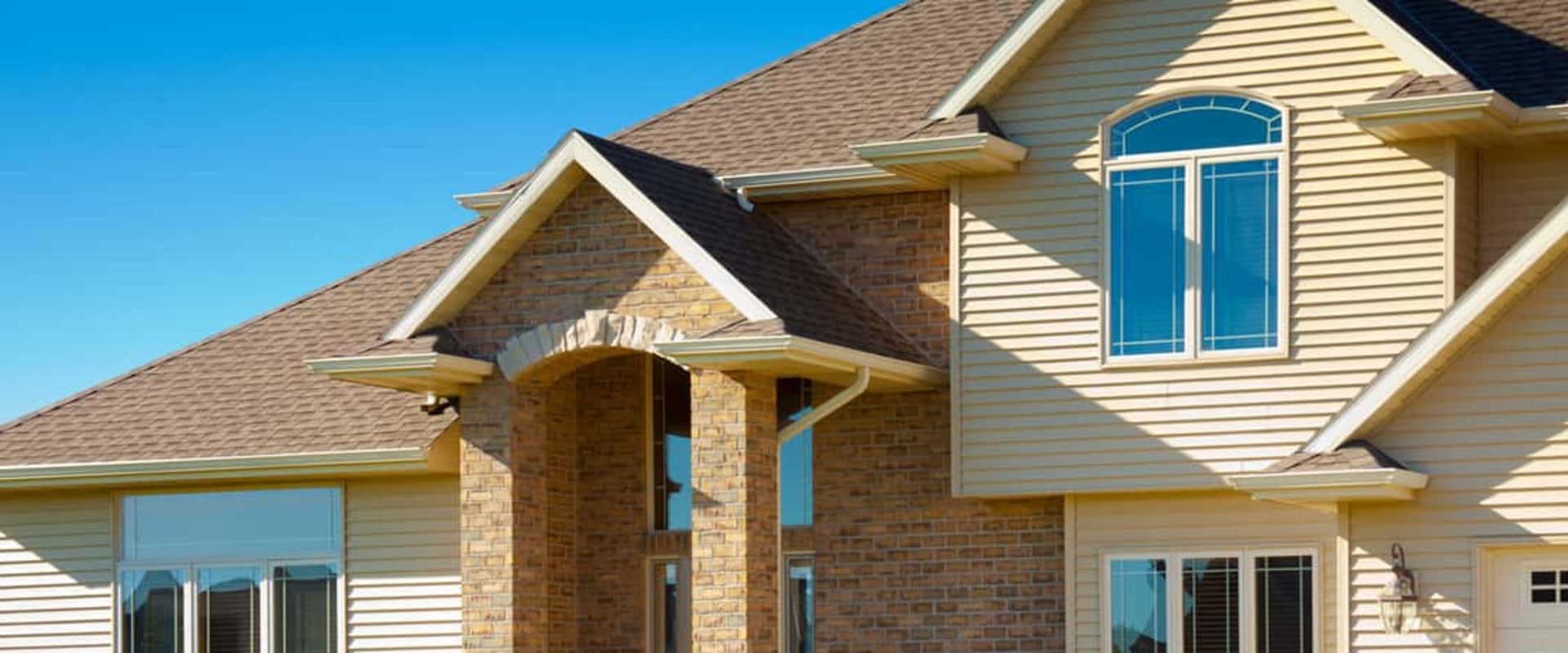
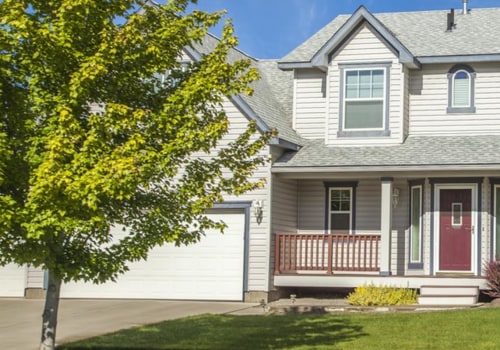
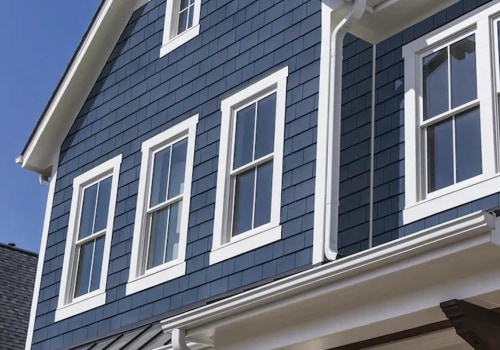
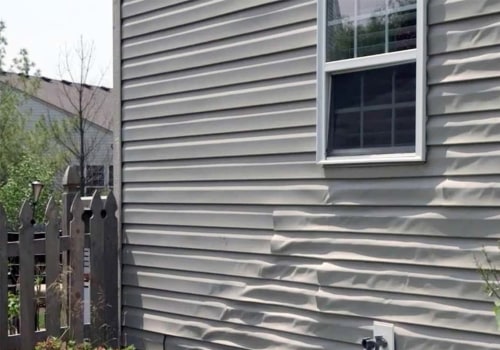
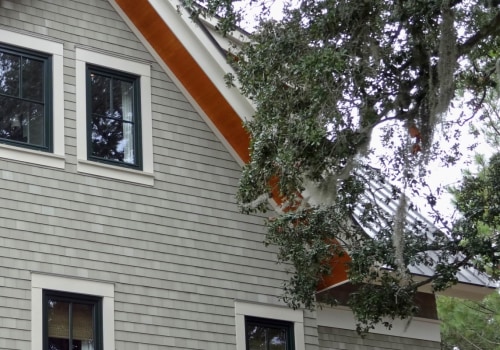
Leave Reply